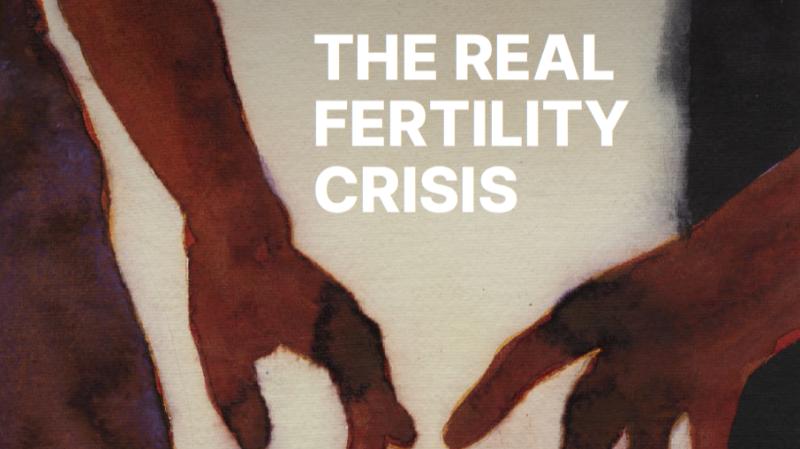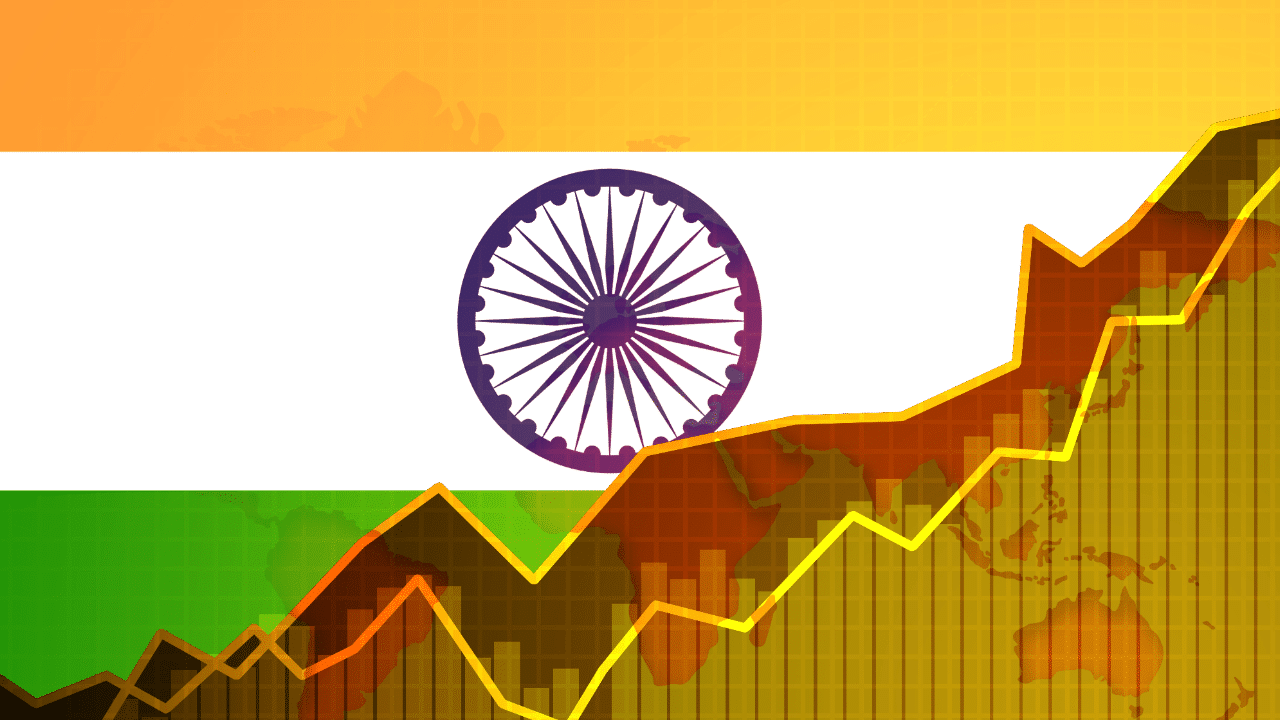- Courses
- GS Full Course 1 Year
- GS Full Course 2 Year
- GS Full Course 3 Year
- GS Full Course Till Selection
- MEP (Mains Enrichment Programme) Data, Facts
- Essay Target – 150+ Marks
- Online Program
- GS Recorded Course
- NCERT- First Ladder
- Polity
- Geography
- Economy
- Ancient, Medieval and Art & Culture AMAC
- Modern India, Post Independence & World History
- Environment
- Governance
- Science & Technology
- International Relations and Internal Security
- Disaster Management
- Ethics
- Current Affairs
- Indian Society and Social Issue
- CSAT
- 5 LAYERED ARJUNA Mentorship
- Public Administration Optional
- ABOUT US
- OUR TOPPERS
- TEST SERIES
- FREE STUDY MATERIAL
- VIDEOS
- CONTACT US
SHARDA TEMPLE
SHARDA TEMPLE
28-12-2023
Context
For the first time since 1947, the Navratri pujas have been held in the historic newly built Sharda Devi Temple close to the Line of Control (LoC) in Teetwal village in the Kupwara district of Jammu and Kashmir.
About Sharda Temple
- Before the Partition of India and Pakistan, Sharada Temple was one of the three principal shrines of the region, along with
- The Martand Sun Temple
- The Amarnath Temple
- The temple has a close resemblance with the Martand temple in architecture, design and construction style.
- Location:
- Located in Neelum Valley in Pakistan Occupied Kashmir (PoK) across Teetwal village.
- It lies right across the Line of Control in a small village, Shardi or Sardi, where the river Neelam (Kishanganga) converges with the Madhumati and Sargun streams.
- Cultural Importance:
- One of the 18 Maha Shakti Peethas and is considered to be the abode of Hindu Goddess Saraswati.
- Goddess Sharada is considered by Kashmiri Pandits as their kuldevi (principal deity). She is also referred to by many as Kashmira Puravasini (resident of Kashmir).
- Regarded as centers of higher learning of Vedic works, scriptures and commentaries.
- Considered to be at par with the ancient seats of learning at Nalanda and Takshila.
- Ramanujacharya, exponents of the Sri Vaishnav tradition is also believed to have visited Sharada Peeth & written his treatise, Sri Bhasya.
- One of the 18 Maha Shakti Peethas and is considered to be the abode of Hindu Goddess Saraswati.
- Educational Importance
- Close to the temple, the ruins of one of the world’s oldest universities ( Sharda University ) can be found.
- It is believed that Sharda University had its own script known as Sharada and it had over 5,000 scholars and the biggest library.
- Renowned scholar Adi Shankaracharya is said to have studied at Sharada University
- Foreign Scholar Evidence
- Al Beruni, famous scholar and traveler described the temple as a much-venerated site of pilgrimage.
- Previously, the Pakistani government sanctioned a plan to create a Sharada Peeth Corridor facilitating the visit of Hindu pilgrims from India to Sharada Peeth.
- Once operational, the Sharada Peeth corridor will become the second religious passage in territory controlled by Pakistan, following the Kartarpur corridor, connecting the two neighboring nations.



